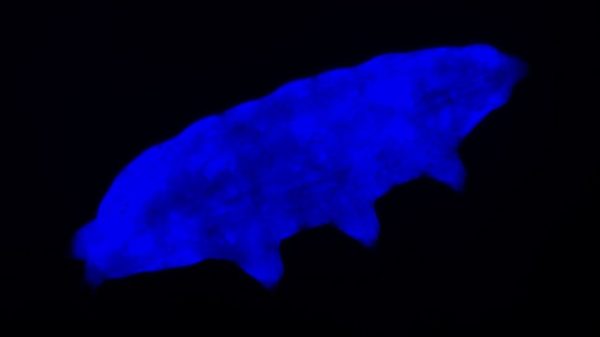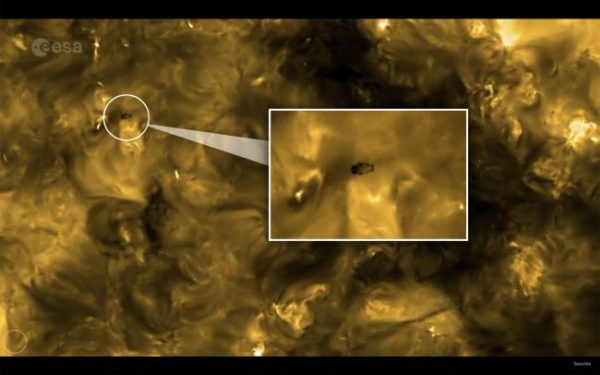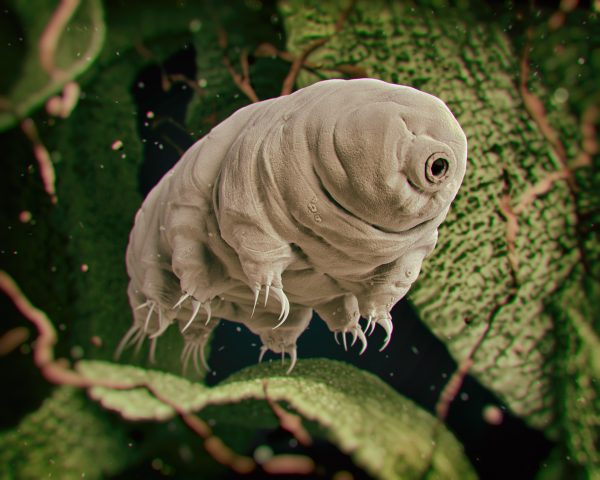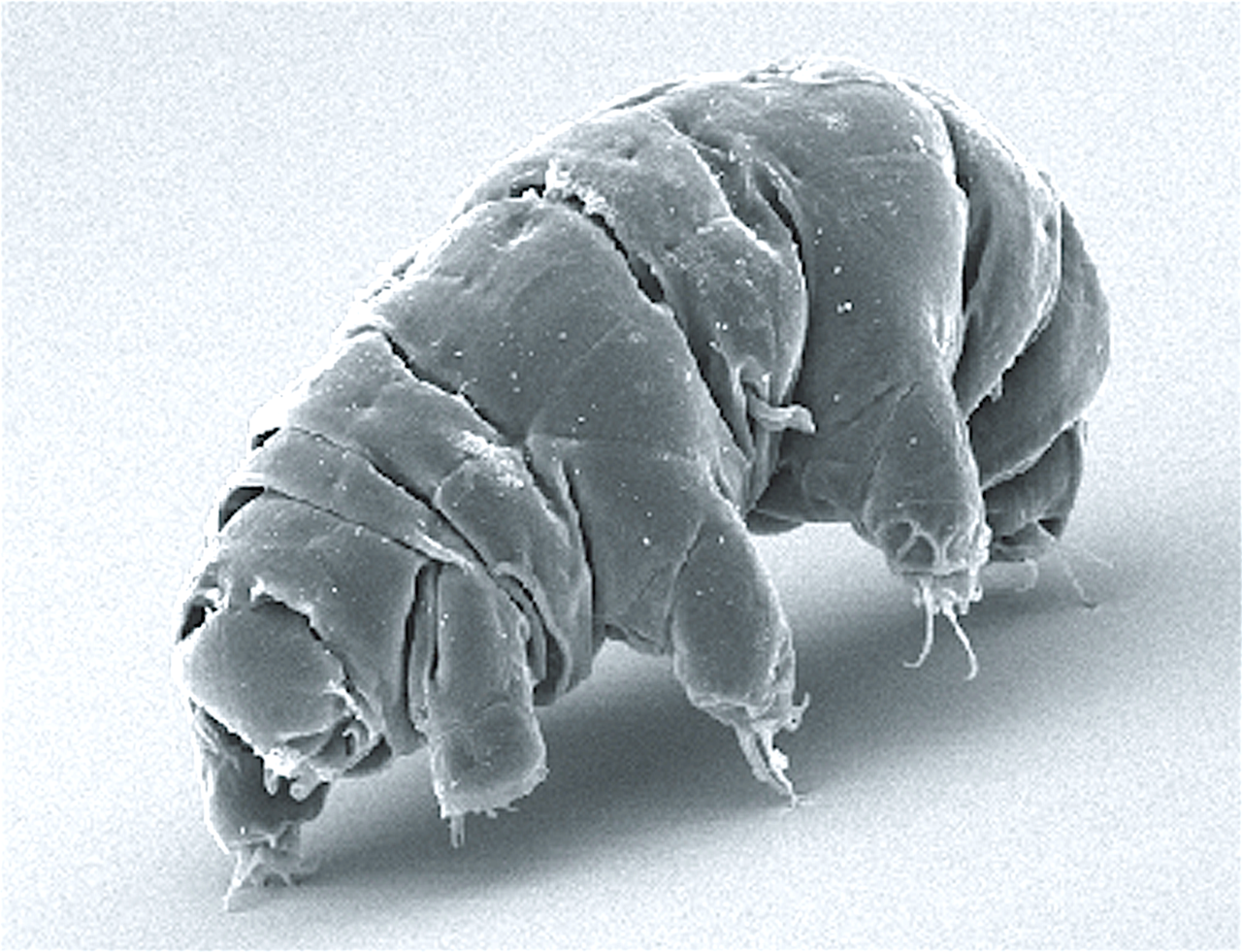U=(N/T)M*G: Unearthed
Any time I can talk about Tardigrades, you can bet good money I’m going to do exactly that. These little “bears” have so much potential in science. They do all the things, and it’s my personal belief that trans-human modification will start with enhancements from gene-splicing with Tardigrades. Especially with the problems we’re still trying to solve with deep space exploration. Macrobiotus naginae are a soil type Tardigrade. At this rate, there will be more types of these suckers than Pokemon. The specialty of these ones is the ability to live in arid conditions. Deserts. Cold ones too. If humans … Read more







